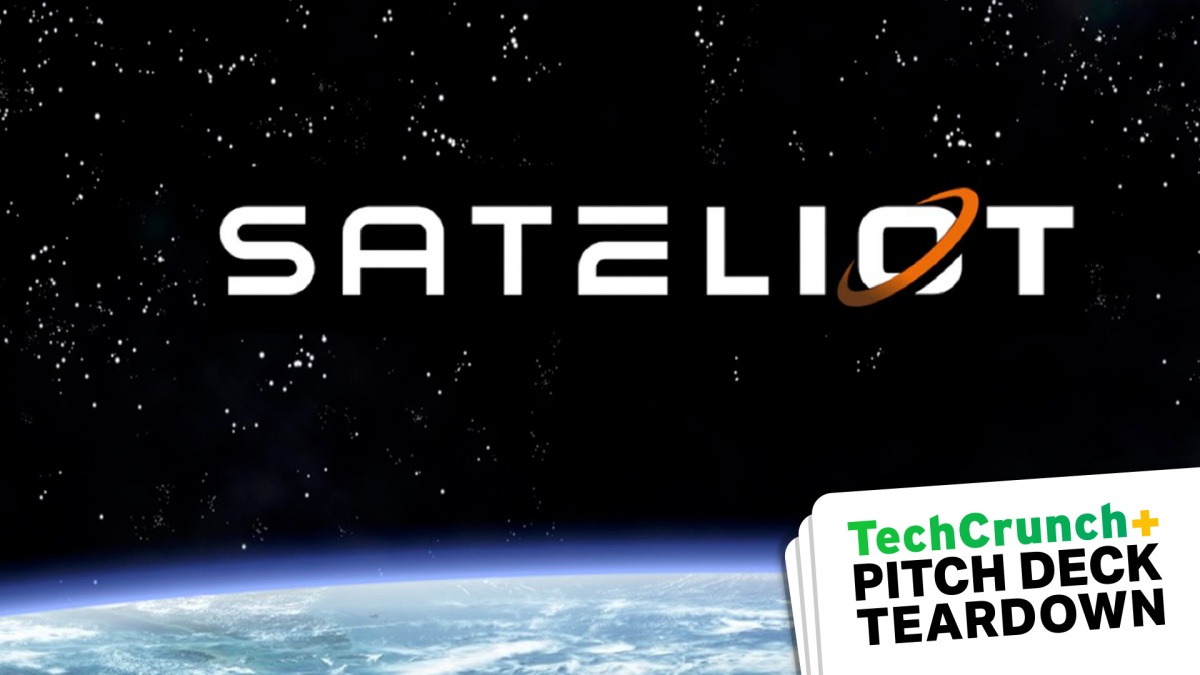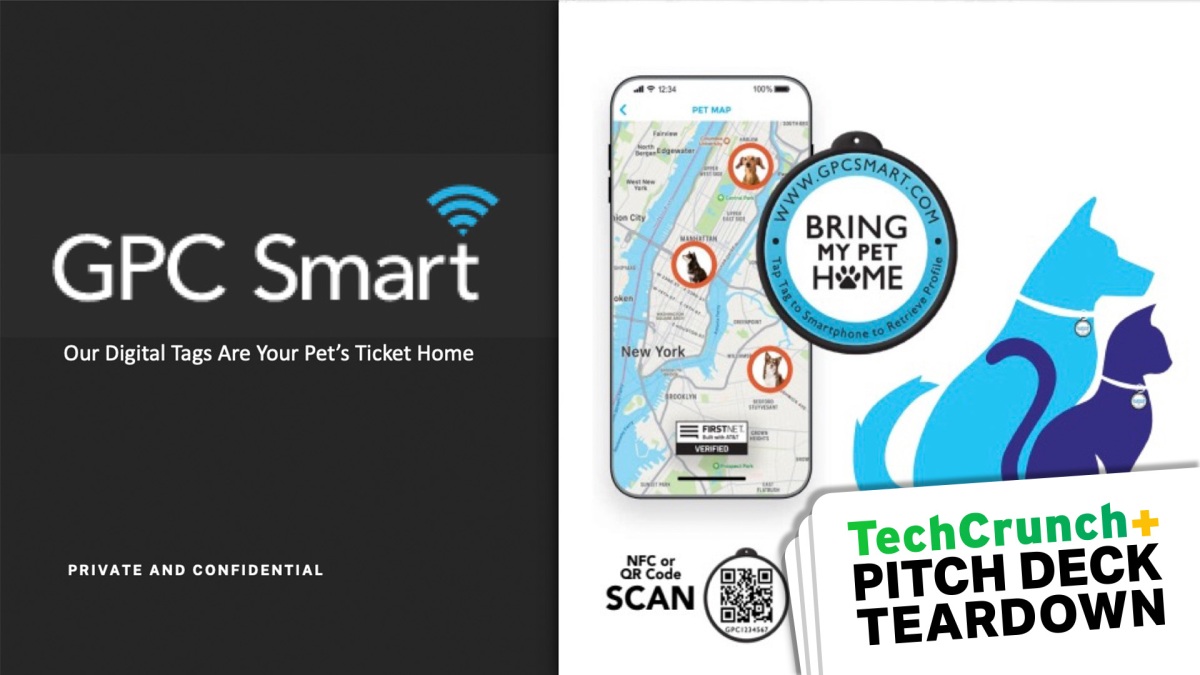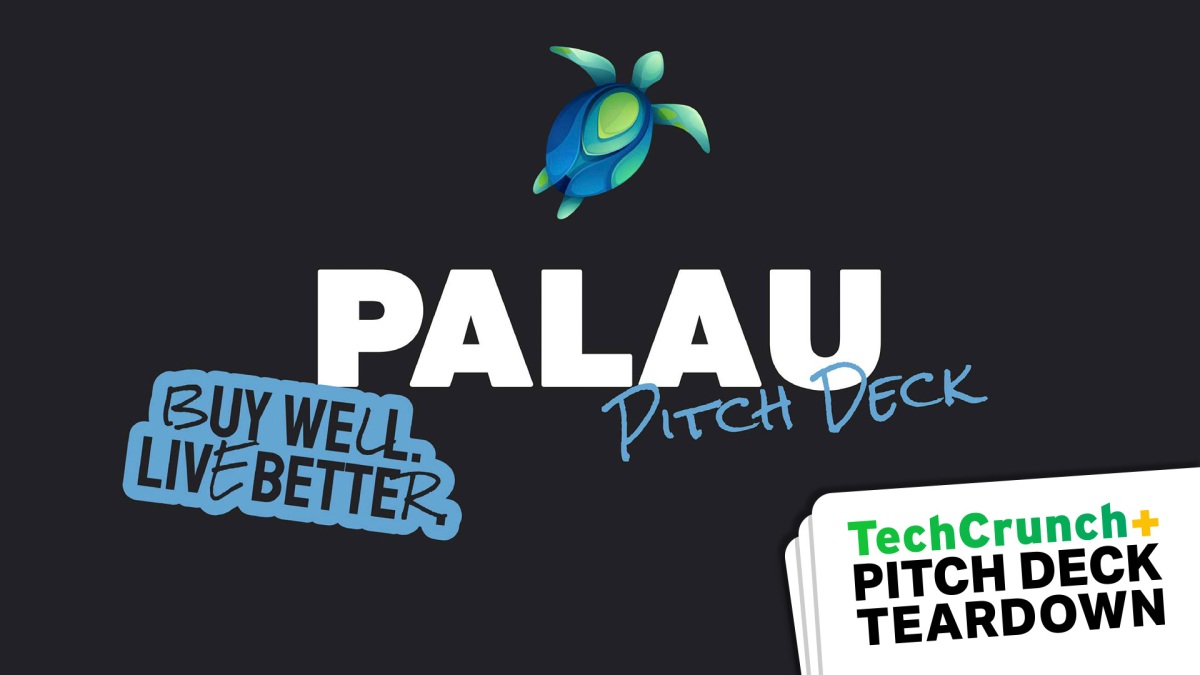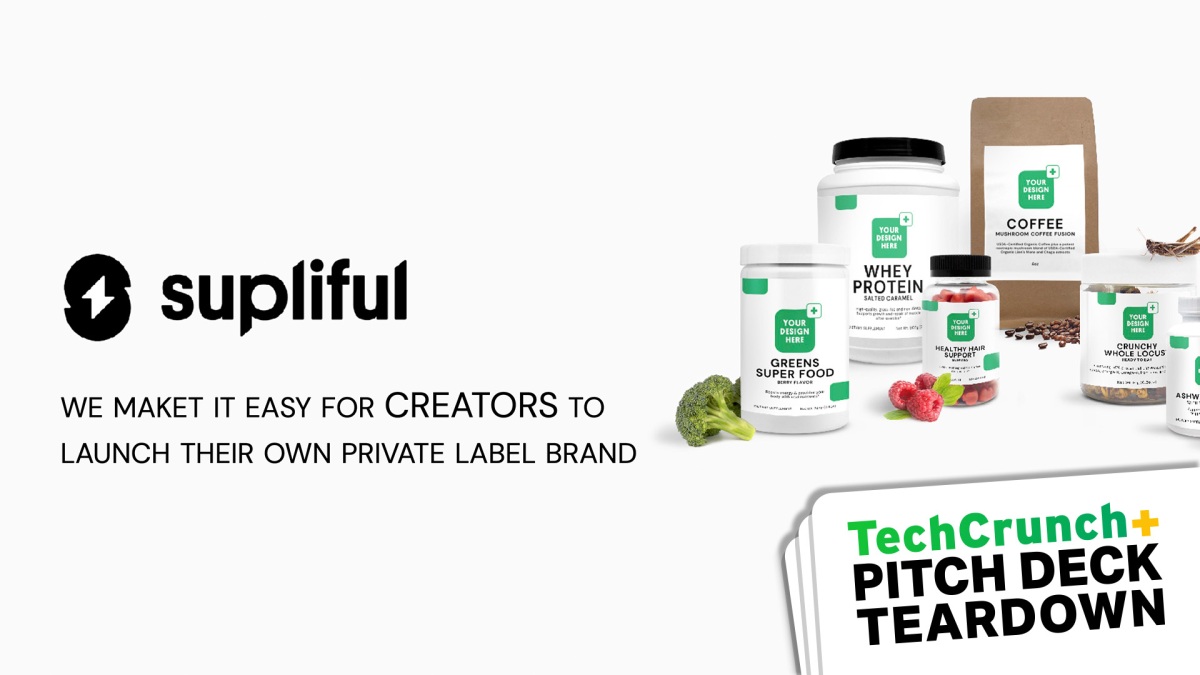Sateliot’s $11.4M Series A deck • ZebethMedia
You know what really sucks? Your IoT devices not being able to phone home. Rarely a problem when you’re in the center of a well-populated urban center with oodles of cell towers, but think of that water temperature buoy floating around in the Atlantic, an autonomous drone flying above the rain forest or a glacier-creep measuring sonde high up in the mountains. The fact is that about 90% of the planet has no cell coverage at all, and Sateliot raised a €10 million ($11.4 million) round of funding to change that. The company shared its pitch deck with us to take a deeper look, and so we will! Here’s the good and the bad of this high-flying space deck. We’re looking for more unique pitch decks to tear down, so if you want to submit your own, here’s how you can do that. Slides in this deck Sateliot’s deck consists of 18 slides and is almost as pitched; the company redacted some of the info that goes into depth about how its tech works. Cover slide “90% of the world has no cellular coverage” — problem slide Team slide “To connect all NB-IOT devices from space under 5G standard” — solution slide “Near real-time connectivity” — value proposition slide “Standard protocol” — product slide “Sateliot is the #1 satellite operator” — “why us?” slide Market size slide Competition slide Business model slide “MNOs engaged and technical integrations ongoing” — traction slide “Early adopters program” — go-to-market slide Interstitial slide Benefit slide Progress slide NGO program slide Slogan slide Closing slide Three things to love It’s always interesting to see companies that are trying to have an enormous impact on the space they operate in. Sateliot is making space for an incredible opportunity, essentially removing the need for infrastructure to make IoT solutions work from pretty much anywhere in the world with a clear view of the sky. It’s a story that could be told in so many ways, and I was excited to see how the company launched into things. Clear vision of the opportunity [Slide 2] Crisp and easy. Image Credits: SateliotI love a deck that very clearly states the problem it is solving, especially if it’s also able to highlight the advantage of solving that problem. Sateliot does that fantastically on its second slide — 90% of the world has no cell coverage, and this company is promising to change that. There’s not an investor in the world that won’t be able to see the benefit and financial potential of that. As a startup, if you can distill your problem, solution and opportunity this elegantly, you’ve got yourself a great launchpad to start weaving your narrative for your pitch. “Why us?” This is why… [Slide 7] Being the right team for the job is a crucial aspect of pitching. This is hella compelling. Image Credits: Sateliot If you have some reason why nobody else can truly solve the problem as well as you can, shout about it. It makes you a far more tempting investment target. One of the big questions an investor will be asking themselves is whether a particular company is well positioned to take charge of a market. In other words: Is there something about this team or company that gives them an unfair advantage over the competitors? This slide is labeled as “value proposition,” which is a little confusing. The slide doesn’t describe a value prop but a competitive advantage. It describes the “number of contributions to the 3GPP Standard,” but it doesn’t say what that means. Wikipedia has an answer that seems to indicate that this is very relevant, but I’d love for the company to have contextualized it on this slide. Those caveats aside: If it turns out that contributions to the standard are directly relevant to the company’s success and show that it’s particularly well positioned to corner this market, this absolute design disaster and word soup of a slide might actually be a powerful storytelling device. Scanning down the lists of companies that have made more and fewer contributions, there are a lot of big-name vendors. Seeing Sateliot in the top 25 or so — ahead of many other well-known companies — could suggest that there’s a significant moat in place. I wish the company had connected the dots for me, but if this slide means what I suspect it means, it makes up for the distinctly subpar “team” slide (which we’ll discuss in a bit). As a startup, what you can learn here is that if you have a moat, or some reason why nobody else can truly solve the problem at hand as well as you can, shout about it loudly — it makes you a far more tempting investment target. Strong social mission [Slide 14] Having a social mission component can help give investors the warm-and-fuzzies. Image Credits: SateliotSome investors have a social responsibility mandate as part of their investment theses. That could go in your favor if your company is in alignment with doing good in addition to doing well. But what is also true is that all investors are human beings, and it can never harm to have a heart-forward aspect to your story. Sateliot explains that once its satellites are up and running, there is almost no marginal cost to being able to offer its services to certain customer groups. In other words: If you want to GPS-track rhinos, you can do so for almost no money. As I said, that doesn’t matter to all investors, but in this case, you’re creating a win-win. Zero marginal cost means that there’s no real downside to offering the company’s services to causes that improve the planet and plenty of potential upsides. In addition to making the world a better place, there are PR opportunities, ESG advantages and secondary benefits to the company. Sateliot could very easily not have included this in its story, but it makes me happier that they did. The lesson here is




